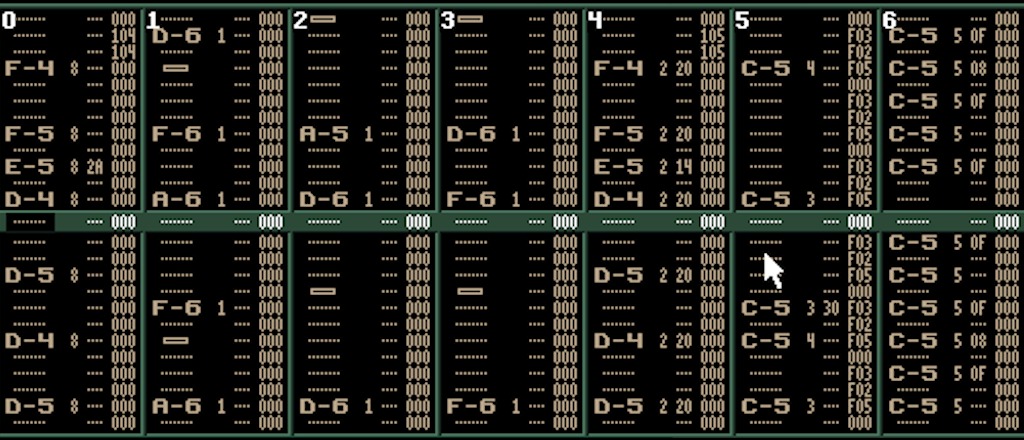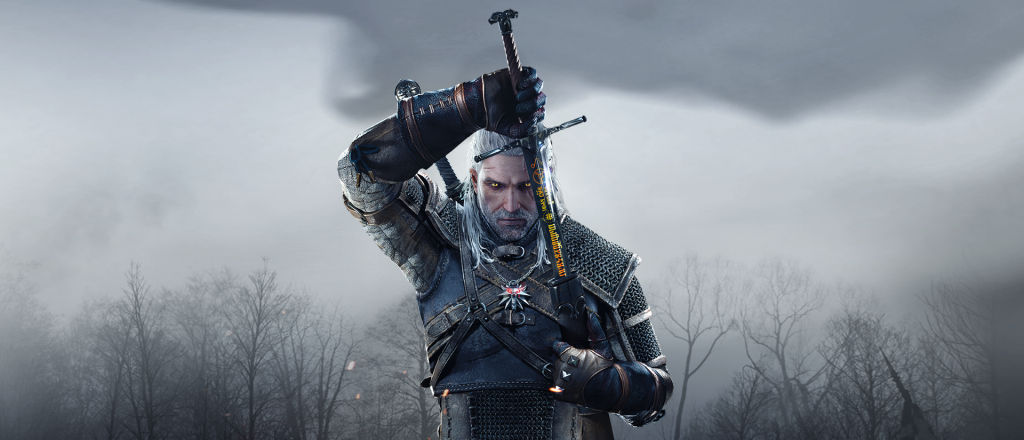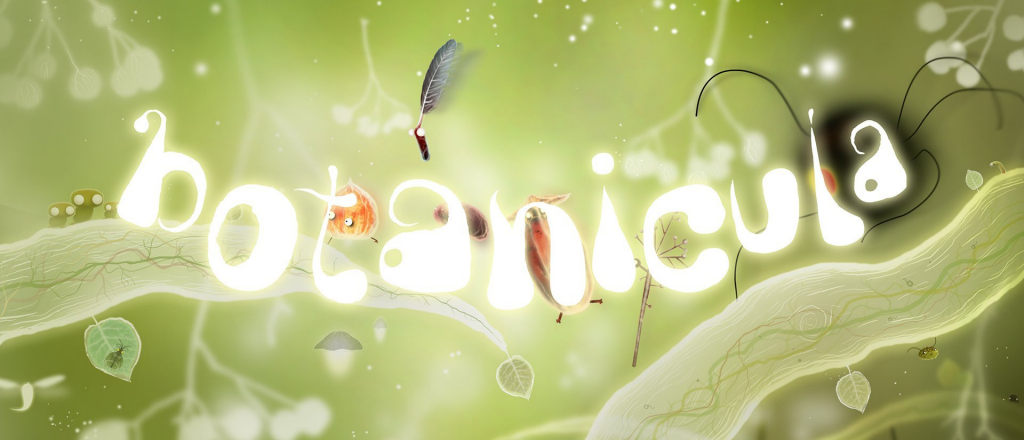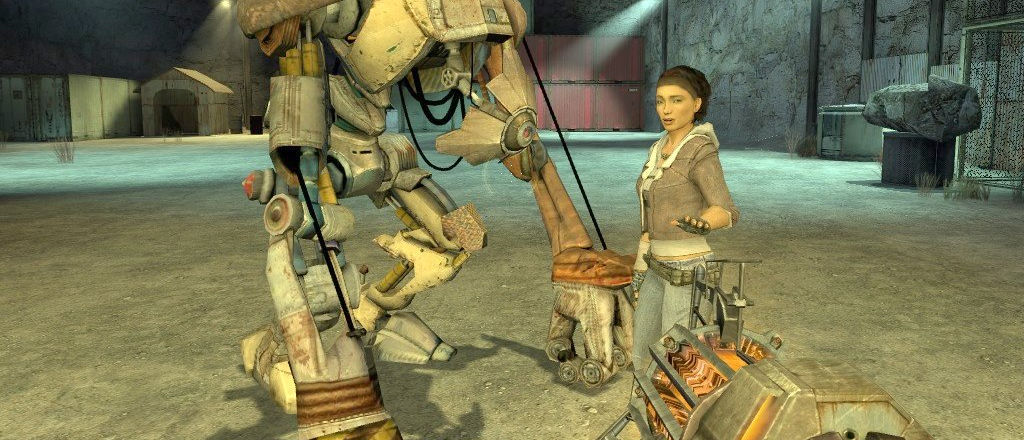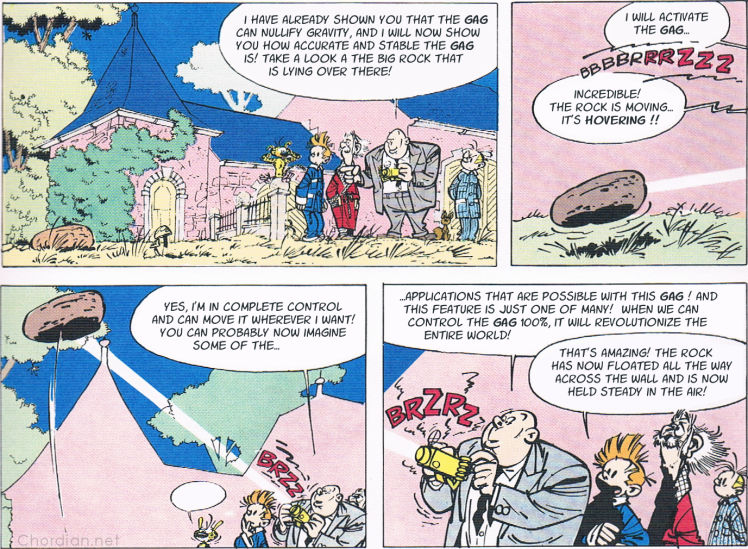Developer: Amanita Design | Released: 2012 | Genre: Adventure, Point & Click
I absolutely loved this one. Irresistibly cute and easy on both ears and eyes. Made by the creators of the Samorost series and Machinarium, I controlled a small team of five weird inhabitants of a tree culture, walking along branches to solve puzzles or collect items for a broader purpose. The game is filled to the brim with hilarious animals animated in an even more hilarious manner, and the sound effects performed by humans match perfectly.
Each of the half dozen of levels consists of a large number of flip screens to traverse. Some of the screens just have weird creatures to interact with for entertainment, others would eventually reward me with an important item or open up a new passage. Pointing and clicking is not the only thing, I also had to nudge floating or swaying items. Sometimes I even had to choose one of my team members for a specific task. Everything is shown with animations or signs, there is no language involved in the gameplay.
The game generally felt easier than Machinarium, but some of the later levels had quite a few screens or items to collect, such as 14 chickens from small huts all over. The penultimate level contains a staggering amount of screens, so many that the developers felt it necessary to put helpful icons on each exit. There was a leaf in my inventory that functioned as sort of a map, but I didn’t find it necessary to refer to it.
Without spoiling too much, I only controlled one of five in the last level of darkness. There was one section here that kind of simulated a shoot’em up by alternating clicks on a floating character versus incoming enemy icons, but it wasn’t difficult. Not a lot of dexterity was required to get through this game.
It took me about four hours to get complete it. I got 104 out of 123 cards and 42 out of 53 achievements. Fraps wouldn’t grab any screenshots as it was essentially a Flash game.
| TitleLength | Dates | Diff / Cht | Save | Score |
|---|
|
Botanicula
2012 Amanita Design
4h 30m
3
|
2012-10-02
2012-10-04 |
|
|
10
|
![]()


